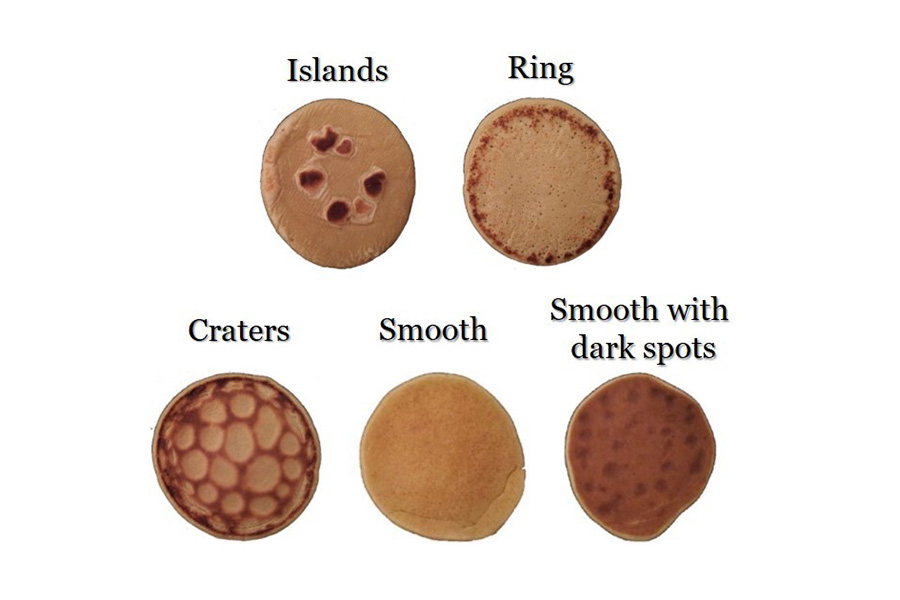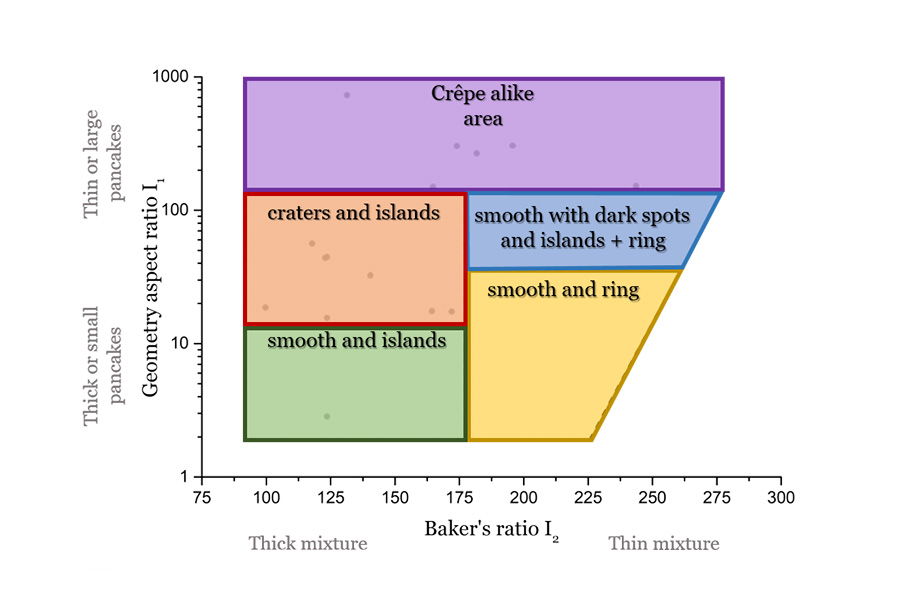For many, making a perfect pancake is as easy as reading the instructions on the box of Bisquick and practicing a few times. You don’t have to worry much about ratios or overdoing one ingredient or the other. But what about when you want to try a pancake that isn’t a traditional pancake? What about a crêpe? Or a maybe a Nigerian funkaso? You can’t forget about the Scottish drop scone, either.

If you’re not using a pre-produced mix, then you’re going to have to rely on volume, ratio, and cooking technique to produce the perfect pancake. But where do you go to find out what the perfect mix for a specialty flapjack is? You could buy a bunch of different books or spend your time surfing different websites, or you could go to The Perfect Pancake Calculator, which has pulled together the perfect ratio for 15 different kinds of pancakes from around the world.
Read More
The Perfect Pancake Calculator was originally created not because someone just wanted to know how to make all the pancakes in the world, but for science. In a 2016 paper, Prof. Ian Eames from the University College London Institute of Ophthalmology, Prof. Peng Khaw, and Dr. Yann Bouremel from the National Institute for Health Research, Biomedical Research Centre at Moorfields Eye Hospital, all set out to find out what makes the perfect pancake. They used both mathematical theory and experimentation to figure out how to achieve perfection. The researchers came up with five basic types of pancakes and then graphed those pancakes in relation to the size of the pancake and the thickness of the mixture.
Why? Well, they probably really liked pancakes, but the more practical reason relates to eye health. According to Dominik Czernia and Wojciech Sas, the Ph.D. students behind the Perfect Pancake Calculator:
“Ophthalmologists use the fact that some of the pancakes can be investigated as a model of thin elastic sheets. They can be helpful to understand physics related to corneal transplants, retinal detachments or in glaucoma treatment. For the last one, the idea is to create a partially permeable membrane which helps to remove the excess of aqueous humor from the eye safely. That surplus of fluid causes the increase of the pressure in the eye, making the eyesight worse and worse.”
Science, coming through with the win-win. Delicious breakfast and better eye health.
To use the calculator, first select the type of pancake you want to make and how many people you want to feed. The calculator will then give you the ingredients, a brief history of the pancake, and the necessary steps. Finally, the calculator shows you where on the scientists’ graph your pancake should land and what its consistency should be.
Not into pancakes? The website also has 18 other food calculators, ranging from the Chocolate Calculator to the Bread Spreads Calculator to the Thanksgiving Calories Calculator (we’re not even going to bother going into that one … we don’t want to know).





